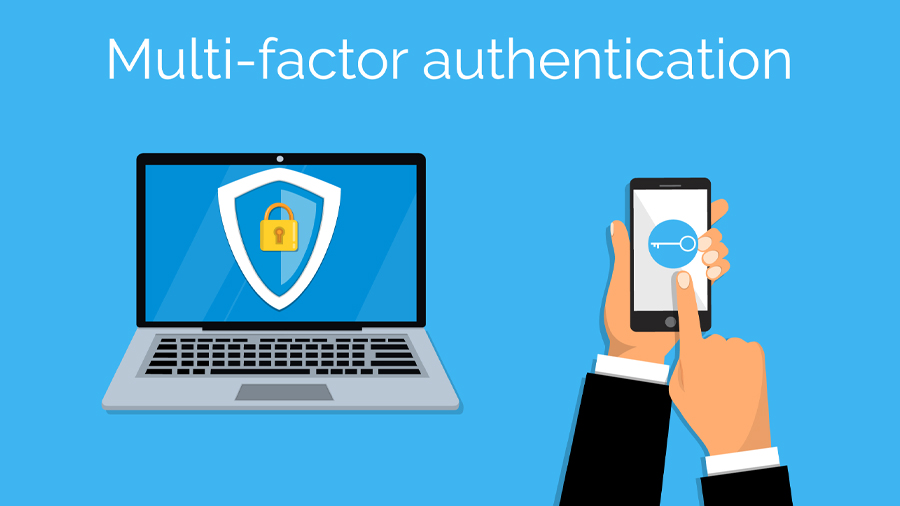Attempts to compromise business email accounts are much more common than you might think, and when they’re successful, criminals are able to make off with large sums of money. Typically they aim to gain control over the email account of an executive or administrative assistant with the authority to direct or execute financial transactions. They masquerade as that person and inject themselves into an email thread, to initiate a transaction or re-direct a transaction, tricking the business into moving the funds into a bank account controlled by the criminal.
We’ll describe how criminals often gain access to account credentials, and then explain how to close the vulnerability. But first, a few words about just how pervasive these account hijackings are. Proofpoint conducted a six-month study of this kind of attack and found that:
- Approximately 60% of Microsoft Office 365 and G Suite tenants were targeted
- Roughly 25% of Office 365 and G Suite tenants were breached as a result
- Criminals achieved a 44% success rate in breaching an account at a targeted organization
Account Takeover Technique: IMAP Password Spraying
Email services typically enforce a lockout when a password is mis-entered multiple times, which is considered a telltale sign that some unauthorized person is trying to access the account. Password spraying is a brute-force technique that aims to get around the account lockout. Instead of focusing on a single account at a time with a large list of possible passwords, the criminal does the inverse. The attacker starts with a relatively short list of common passwords, and “sprays” them across multiple email accounts at multiple organizations, taking care that the attempts on each individual account and organization are spaced far enough apart that they don’t trigger a lockout. In fact, on the access logs, each attempt looks like a routine login failure rather than part of a coordinated attack.
Here’s the other important thing to know about these attacks. They commonly access the mail server using the Internet Mail Access Protocol (IMAP) — a standard that’s been around for more than 30 years. The criminals use this route because it’s enabled by default on most servers, it’s easy to write scripts for it that automate the attack, and most of all, it doesn’t support more secure methods of authentication beyond simple usernames and passwords.
Sprayproofing the Environment
Business email compromise (BEC) has become such a huge problem that we routinely recommend that every business that uses Office 365 or G Suite implement multi-factor authentication (MFA), and require it any time a user connects from a new location or device. Here’s the rub, though: the IMAP protocol doesn’t support MFA. When IMAP is enabled, it gives criminals a way to access the server that bypasses MFA, leaving it wide open for password-spraying.
So, we recommend disabling the IMAP protocol and its older cousin, post-office protocol (POP3). POP3 isn’t used as often for spraying attacks, but it has the same vulnerabilities as IMAP. Very few users should be using IMAP or POP3 to access their email. For those that do, we recommend they connect to Office 365 with Outlook Anywhere, which is more secure.
If you’re reluctant to disable IMAP and POP because it might inconvenience a few users, realize that both protocols are on the way out. For example, Microsoft has announced it will stop supporting simple username/password authentication for IMAP and POP3 in October 2020.
At FIT Solutions, we make it our business to stay on top of vulnerabilities like this to keep our clients’ businesses safe. It’s a great example of the value-add you get with our managed IT services. If you would like to know more, give us a call at 888-339-5694.

